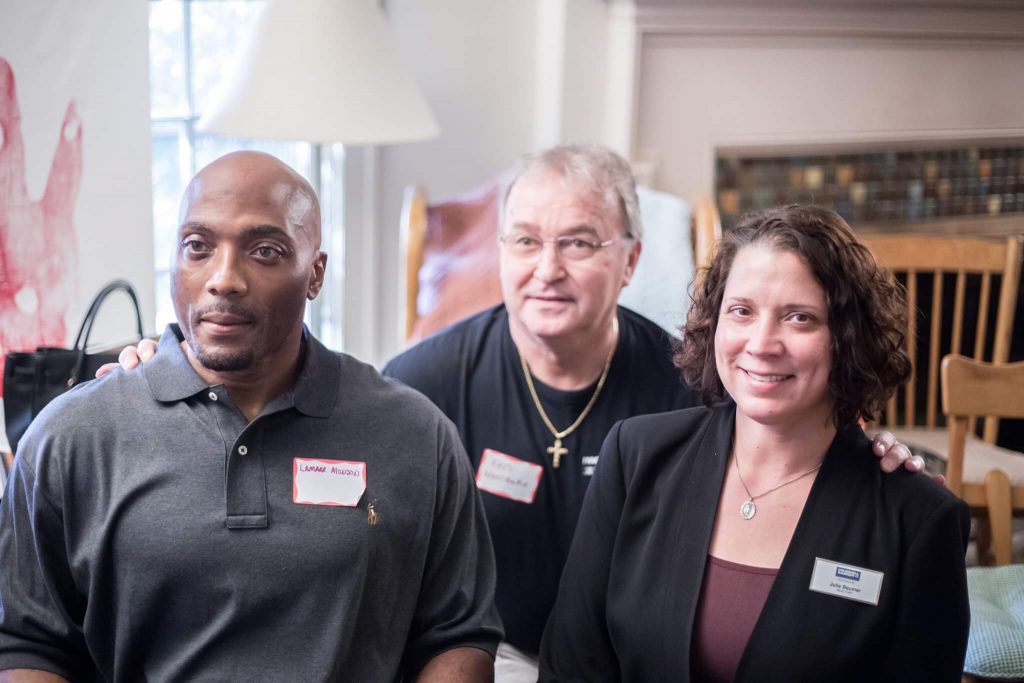By Shelby Shoup
Since the release of Netflix’s documentary series, Making a Murderer, in late 2015, the subject of Wrongful Convictions has gained popularity in the media and has become a matter of public concern.
The series follows Steven Avery, a man wrongfully convicted in the 80’s for sexual assault. Upon his release and exoneration, Avery found himself in the midst of another trial, this time for murder. Unfortunately, Avery wound up being convicted a second time, still claiming his innocence, still fighting for justice. The show presented the idea of a flawed judicial system and a failure to Steven. And, while Avery’s case may have seemed like an isolated incident errors like these happen all too often.

The Making of a Murderer, Steven Avery
Samuel Gross, a law professor at the University of Michigan, calculated a 4.1% error rate among those on death row. Because death row only accounts for a small subsidiary of people in prison, it’s almost impossible to tell the total number of wrongfully convicted. However, if we assume it’s somewhere near 4%, that’s 80,000 people in prison unjustly at any given moment.
80,000… let that sink in.
On top of this staggering number the Criminal Justice System takes on average 11 years to respond to claims of actual innocence, creating an even more significant backup of innocent people in prison. So why are wrongful convictions happening so often?
Witness misidentification is the number one reason innocent people find themselves in jail. Many times in cases with little to no physical evidence the outcome is determined by one person’s witness testimony. Basing an entire case on one person’s witness account is problematic since eye-witness misidentification plays a role in almost 70% of wrongful convictions.
Coming in at a close second is false confessions. Since the public finds it hard to imagine that someone would confess to a crime they didn’t commit, often when someone confesses falsely, they are convicted by the jury. However, false confessions happen a lot more often than previously thought. According to the Innocence Project, false confessions account for 1 in 4 wrongful convictions.
Detroit exoneree, Lamarr Monson, knows this as well as anyone. After being tricked into signing a confession statement, Lamarr found himself charged with 1st Degree Murder. Although Lamarr admitted to criminal activity with the victim he maintained his innocence for the next 20 years while he sat in prison.

Retired reporter and founder of Seeking Justice | Bill Proctor
Then investigative reporter, Bill Proctor, first covered the case in 1996, reporting that a killer had confessed. Years later, upon retirement, Proctor received a phone call stating that a case he had previously reported on lead to an innocent man going to prison. The voice on the other end said Lamarr Monson didn’t murder anyone in 1996 and had been wrongfully imprisoned. The woman claimed her boyfriend at the time was the murderer and had admitted the murder to her all those years ago.
At the time, the informant noted, she was addicted to drugs and thought reporting to the police would only harm her living situations. However, as the years went by, she knew she had to make it right. Proctor knew he could not let this injustice stand and soon forfeit his retirement to dedicate his time towards overturning this conviction.
Luckily, for Lamarr, Proctor became an advocate for injustice and was able to campaign for his case. Eventually, University of Michigan was able to get the necessary DNA testing that led to Lamarr’s exoneration early last year.
Proctor founded the organization Seeking Justice with the goal to spread awareness about cases of injustice. However, he understood that activism wasn’t enough. The most long-term solution is Justice Reform.
There are many aspects of our judicial system that need updating and reexamination. Some solutions that would help with the problem of wrongful convictions would be 1.) Lower bail 2.) Re-training programs for law enforcement 3.)Reconsidering the use of junk science 4.) Creating checks and balances within the court system 5.) Disallowing suppression of evidence.
“It’s not going to be perfect, but it can get substantially better. We can better train police and investigators; we can stop allowing junk science into courtrooms, we can shrink the amount of time to correct mistakes,” Proctor said. “There is a lot that can be done.”
Reform solutions may seem simple, but the implication of the practices will take a lot of work. It will require ordinary citizens to become active. Citizens should be involved in all their local election and remain diligent in areas of a Justice Reform.

Michigan exonerres Lamarr Monson, Kenny Wyniemko, Julie Baumer
For those specifically interested in wrongful convictions follow regional and national Innocence Commissions on social media platforms to stay abreast of what’s happening in the wrongful conviction world.
(If you are in Michigan, may I suggest Seeking Justice?)
As Bernie Sanders said, “Change doesn’t happen from the top down, but from the bottom up”.
It doesn’t matter whether you’re a democrat or a republican, wrongful convictions hurt everyone. They make a mockery of the Justice System, they punish innocent people, leave criminals free on the street, and they cost taxpayers A LOT.
The State of California determined that in the last 24 years wrongful convictions cost taxpayers nearly $282 million. Changes don’t happen overnight, but as we move forward, I hope you join the fight.
Ways to get involved:
Innocence Project Innocence Network Seeking Justice

Hi. I’m Shelby Shoup and I am a journalist, activist and creative. I have many interests but the passion that connects them all is story telling. I hope my ability to share and create stories will inspire you.
Learn more at www.shelbyshoup.com

